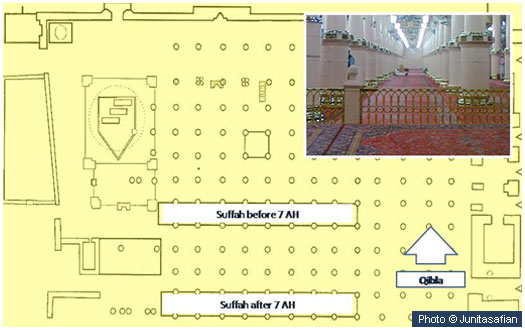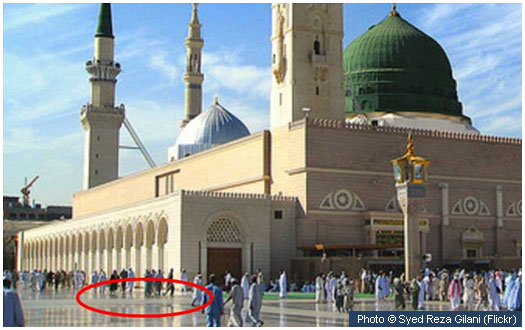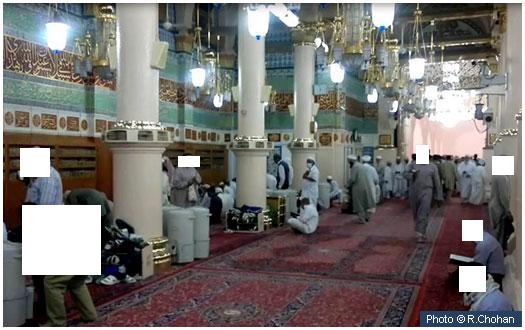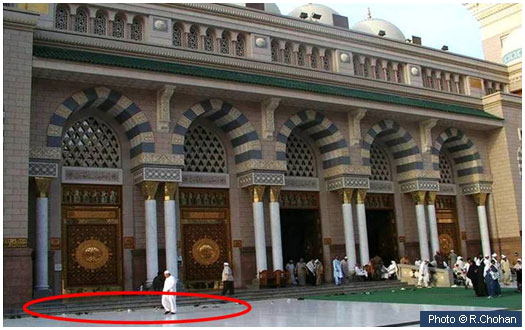Mecca through the centuries

Over the years, many rulers have sought to enhance the city of Mecca
through expansion, decoration and construction. (Al Arabiya)
Thursday, 02 February 2012
Mecca or Bakkah, as it has been named by the Holy Koran literally refers to a place that draws large numbers of people together.
Mecca has a vast history of holiness ever since the prophet Abraham visited the location; once an arid land about four thousand years ago that has now boomed and flourished and become a place of worship for hearts to be spiritually fulfilled.
Several tribes have colonized this holy city to seize the Kaaba, the cube structure in Mecca that is the most sacred site in Islam. The Khuza’a tribe had attempted to do so in the third century AD, followed by an attempt by the Quraish tribe.
The mosques surrounding the Kaaba have become a destination for scientists, traders and pilgrims and have witnessed a solid urban development.
Through centuries, many Caliphs and rulers had sought to enhance the holy city through expansion, decoration and construction.
Caliphs Umar and Uthman, as well as Abdullah bin al-Zubair, Walid bin Abdel Malik, Abu Jaafar al-Mansur, al-Mahdi, al- Mutadid, al-Muktadir and Salim al-Uthmani contributed to the mosques’ upkeep.
As for the city’s enormous expansion, it began in the era of the modern Saudi state. The founder King Abdulaziz initiated the work and the major shift was during the reign of King Fahd, who chose for himself the title of “the Custodian of the Two Holy Mosques.” This expansion is significantly pursued nowadays by King Abdullah bin Abdul Aziz who inaugurated the largest expansion in the history of the Grand Mosque.
All of the above mentioned, added to Mecca elegance and magnificence and enriched this Holy city with Islamic architecture and ancient buildings consisting of houses, sacred minarets, archaeological houses and the fountain of light.
Meanwhile, the holy site’s social space was enriched by cultural and ethnic diversity which have given Mecca a characteristic charm and the ability to adapt to changing times, while mixing tradition with modernity.
http://english.alarabiya.net/article...02/192015.html 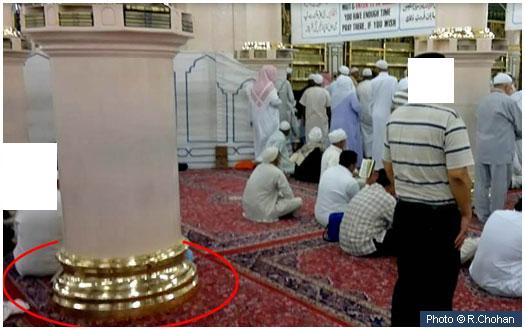

 led salah in Madinah when the Qiblah was still towards Jerusalem and at the opposite direction of Makkah.
led salah in Madinah when the Qiblah was still towards Jerusalem and at the opposite direction of Makkah.



